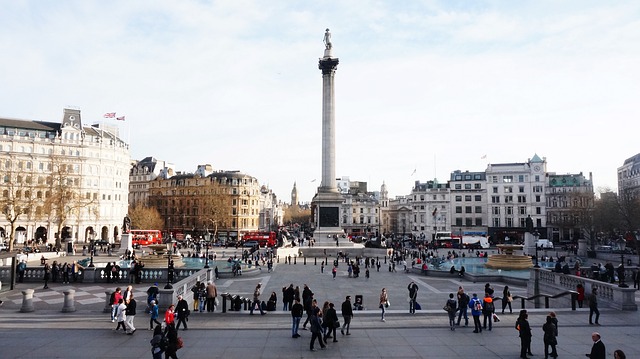Covent Garden
One of London’s central districts, Covent Garden is very popular with tourists, especially those with an active cultural life. Covent Garden is home to many of London’s theatres, fashionable shops, cosy restaurants and bars, and several interesting museums. In addition, Covent Garden is bordered by other well-known areas that are home to some of London’s most famous landmarks, including Soho, Trafalgar Square, the Thames Coast and Leicester Square.
History
In the 16th century, the story goes that Covent Garden was actually a convent garden, where the monks of Westminster Abbey grew a vegetable garden.
With the dissolution of the monasteries, King Henry VIII seized the monks’ lands and gave them to his friends, as was customary for monarchs of the time.
In the 1600s, the owners of the land became the Russell family, Earls of Bedford, and they were responsible for the urbanisation of the area and the construction of a square – the first planned square in London – and St Paul’s Church (not to be confused with St Paul’s Cathedral in the City of London).
With urbanisation, Covent Garden soon became home to a market which grew with the increase in population in the area. The market operated in the Covent Garden Piazza for a few centuries and became one of the largest fruit and vegetable markets in London.
Covent Garden Market grew so much that by the middle of the 20th century the existing infrastructure could no longer meet the needs of traders and customers. In 1974, Covent Garden Market moved to the south bank of the River Thames, to Nine Elms.
The New Covent Garden Market is the UK’s largest wholesaler of flowers, fruit and vegetables and now covers an area of over 50 hectares.
The original Covent Garden Market building, which was over 200 years old, was preserved and reopened in 1980 as a tourist and shopping centre.
Video
What to see in Covent Garden?
One of the most interesting places in Covent Garden is the market. Many tourists love it for the opportunity to buy original crafts at an affordable price. Covent Garden Market is home to charming British souvenirs, fashion jewellery, leather goods, scented soaps, sweets, household items and more. Covent Garden Market is open all week from 10am to 6pm. You can get there by tube (Covent Garden, Leicester Square or Charing Cross stops).
When planning your visit to Covent Garden, be sure to buy a ticket for at least one of the many theatres in the area, such as the Royal Opera House in London. Tickets must be booked several months in advance, but if you can’t do this in advance, bear in mind that there are approximately tickets on sale on the day of the show and can be purchased from London box offices. The Royal Opera House is located close to Covent Garden and Holborn underground stations.







